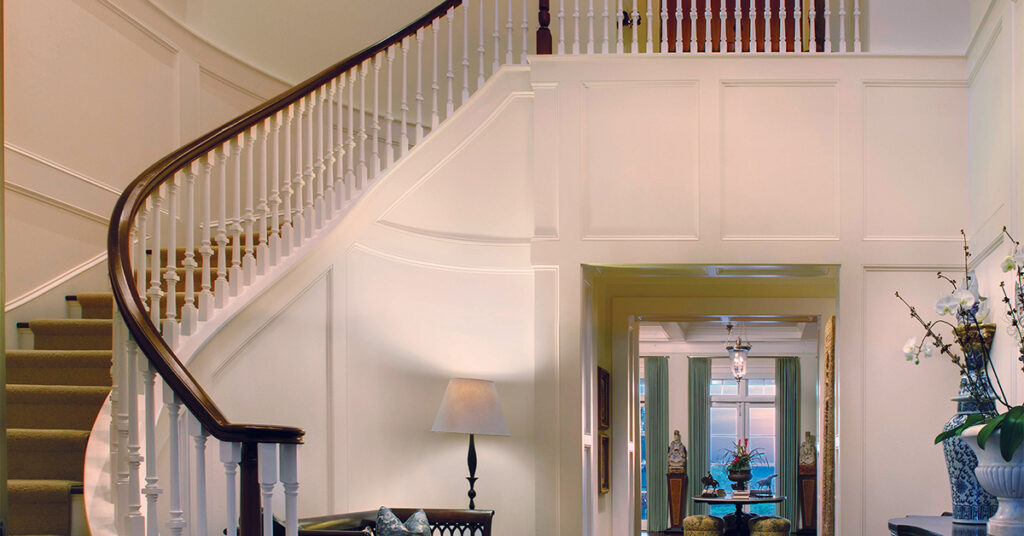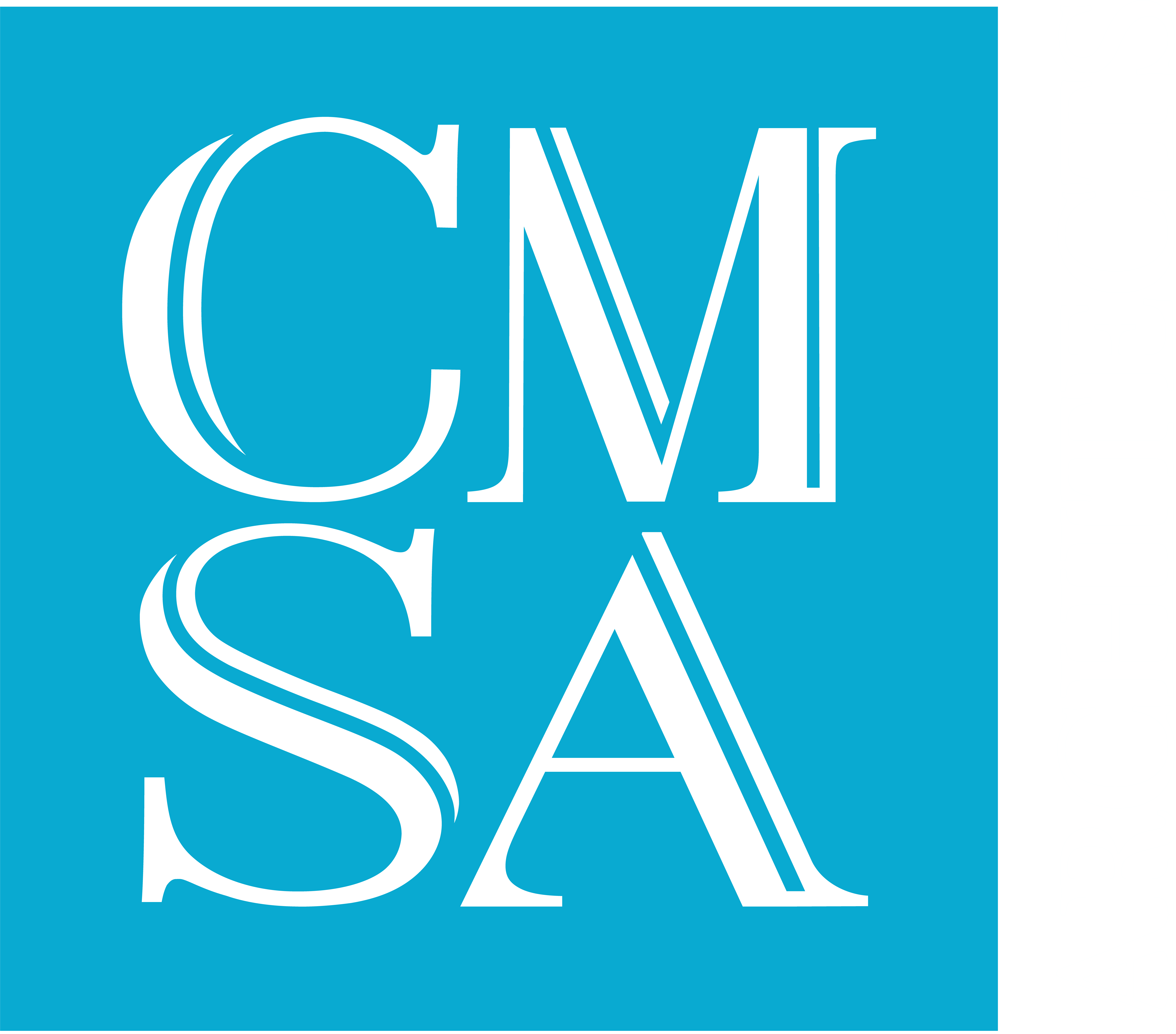Classic Home Design Detail: Trim and Molding
Classic Home Design Detail: Trim and Molding
When designing the interior of a classic home, the trim and molding are considered to be among the last details that will be installed. However, these exact details are one of the first things that homeowners and their guests may notice upon entering the home. Interior trim is instantly and always visible, meaning that there must be effort put into both its design and execution.

Designing trim and molding for classic homes blends tradition with modern craftsmanship. The details, though often subtle, significantly inform the overall aesthetic and character of the space. The design process requires an understanding of architectural history and the ways in which trim and molding can elevate both historical and contemporary interiors.
The Role of Trim and Molding in Classic Homes
Trim and molding are not just functional elements; they are integral to the visual appeal of a home. These elements showcase symmetry, proportion, and refinement, whether baseboards, crown moldings, wainscoting, or door casings.
Importance of Maintaining Precision and Proportion: One of the most critical factors in designing trim and molding for classic homes is maintaining the right scale and proportion. The size of the trim should be in harmony with the overall dimensions of the room. For example, in a room with high ceilings, a taller crown molding or baseboard will help balance the space, while in smaller rooms, more delicate trim may be more appropriate.
Prominent Architectural Styles, Trims and Molding
Colonial: In Colonial-style homes, trim is typically understated yet precise, with a clean and straightforward design. Baseboards are simple, while door and window casings may feature subtle detailing.
Victorian: Victorian homes are known for their ornate and elaborate trim. Crown molding is decorative, with intricate patterns, scrollwork, and curves. Baseboards are often taller and more sculpted, featuring intricate detailing. Wainscoting, especially when paired with decorative chair rails, is also common in these homes.
Georgian: Formal Georgian homes typically feature clean, geometric lines. The trim and molding in these homes are symmetric and proportionate, with a strong emphasis on verticality.
Materials and Finishes in Classic Design
Choosing the right materials for trim and molding is as important as selecting the design itself. Traditional classic homes often feature wood trim, utilizing hardwoods like oak, cherry, or mahogany. Wood provides warmth and texture, enhancing the home’s aesthetic while offering the necessary durability.
In addition to wood, other materials may be used to complement the trim design. In more opulent homes, plaster molding is often utilized to create detailed crown moldings or ornate ceiling medallions. Today, some classic designs incorporate composite materials or polyurethane trim, which offers a similar look to wood but with added durability and ease of installation.
Regarding finishes, classic homes often lean towards rich, matte paints that enhance the trim’s natural texture. White, cream and soft pastels are traditional choices, particularly for crown molding and wainscoting, as they maintain a clean, bright appearance. For wood finishes, rich stains that bring out the grain patterns of the wood are popular, as they provide an elegant yet warm touch.
CMSA Architects Understand that Detail Matters
At CMSA Architects, we understand that small details can make or break a room’s aesthetic. Even though trim and molding are prominent design elements, they should never overpower the room. Instead, they will help to frame and showcase the overall beauty of the space.
From the largest decisions to the smallest details, you can trust the vast experience of the CMSA team to create the home you envision. Click here to learn more about our team, our projects, and our processes, and then give us a call for a personal consultation.
You Might Also Like
Getting to Know Rick Oswald: President of CMSA Architects
If you’ve had the pleasure of working with CMSA Architects, chances are you’ve crossed paths with our President, Rick Oswald. With a rich background in architecture and a creative spirit that’s hard to miss, Rick [...]
Behind the Design: Life as an Office Manager
What keeps the vibrant creative world of an architecture firm thriving from the shadows? An Office Manager. Serving as the central linchpin, they ensure the architects focus on their craft, unimpeded by the myriad operations [...]
Form, Function and Structure in Ancient and Modern Architecture
When we talk about Architecture, especially contemporary or mid-century architecture, the shapes and forms, the aesthetic, stunning, timeless, and clean appearance, are among the most important aspects of the building we want to create [...]
The Relationship Between a Building, the Environment, and the Occupants Inside
For as long as humans have roamed this Earth, they have developed shelters to protect themselves from the elements. These shelters later developed into homes, and over time people discovered techniques to not only make [...]
A Drafter’s Perspective: Experiencing Homebuilding for the First Time
Architecture is an exercise in precision, vision, and problem-solving. Every home begins as an idea—an intricate composition of structure, proportion, and materiality. As architects, we shape these ideas into reality, meticulously detailing each element to [...]



